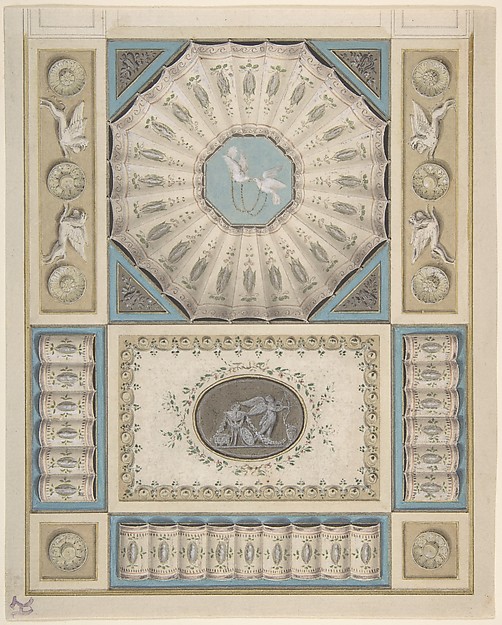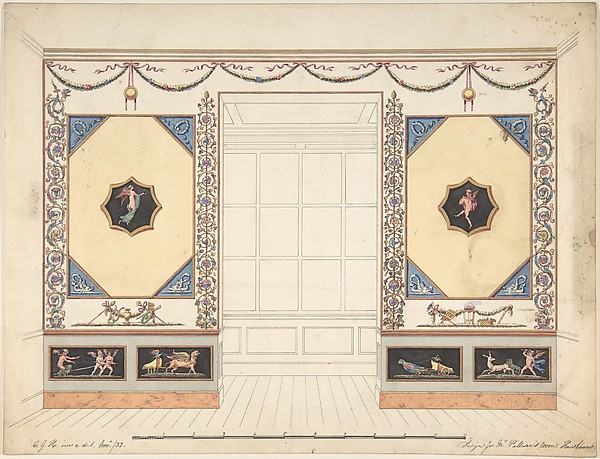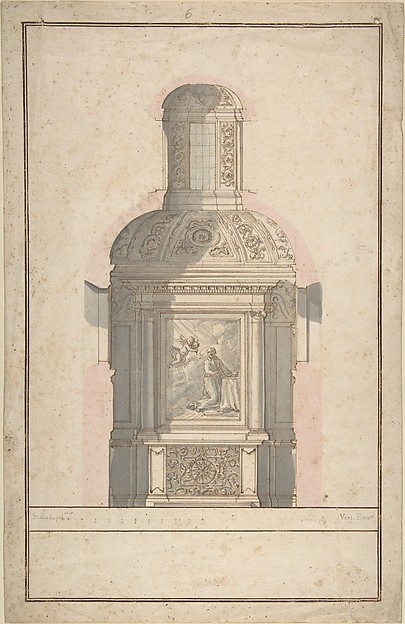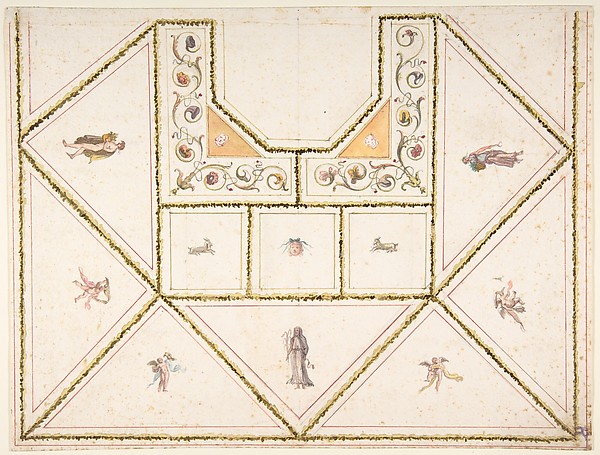A large empty bookcase can be intimidating. What combination of books and objects should you use to make it look its best? The Chancellor’s house at NCState is a great case study in how to make your shelves look amazing.

In the Chancellor’s Study, we used a combination of books, small framed artwork, and decorative objects to create a sophisticated display worthy of a distinguished university. The photographs of native plant species were taken from the University’s archive, and reference the Chancellor’s own background in botanical science.

Books in warm tans and browns were chosen to complement the masculine palette of the room. We tried to make the bookcase look natural and organic, but without totally eschewing symmetry. We also placed books in other places around the room for continuity and interest.

In the family room, we were looking for something more graphic, so we chose a different palette. Bright red books and colorful glass art punctuate the white bookshelves. In this room, the shelves are arranged in square cubbies, which are great for displaying individual works of art.

We took a different approach to the books in this room, stacking them both vertically and horizontally to add some interest. In some cases, we even turned the books around, hiding their binding at the back, and giving a whole different look.

What’s your favorite trick for arranging bookcases?
-Robert
Images: 1 3 & 6. DLL 2 , 4 & 5 – Photography by Dustin Peck Photography Images courtesy NC State University. All rights reserved.






























